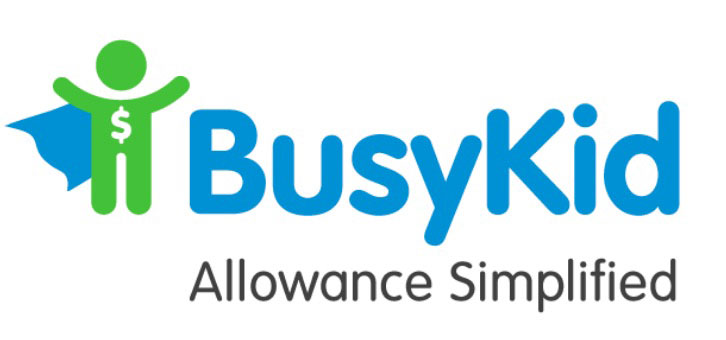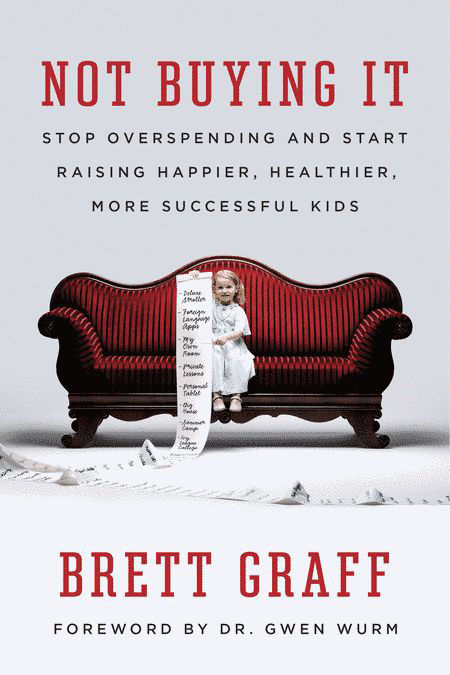Ashley McCann writes about being a mom – and being frugal. Named to Ignite Social Media’s “100 Women Bloggers You Should Read,” McCann shares some ideas to start and maintain a budget, including some free and some paid solutions. – Amy
Somewhere in the back of our busy mom brains, we know it’s wise to have a plan for our money. However, due to all of the other plans mom is in charge of making and maintaining, it’s easy to let that particular “to do” fall to the wayside.
Creating a budget doesn’t have to be another “mom-umental” task; use the following services to help save time while you work on saving money:
1. Mint.com–Quick, easy to set up, and seamless to incorporate into every day life, Mint.com is the budgeting solution for many. Best of all, it’s free! How’s that for budget-friendly? Mint does the work of analyzing your spending habits and presenting it back to you in handy, “I spent how much on fast food?!” charts and graphs. The program easily integrates with your bank accounts so that time investment is minimal and also features a phone app that makes it easy to track spending on the go.
2. YNAB–Although there is an upfront cost ($60), You Need a Budget is one of the most popular budgeting software systems on the market. The core idea of this program is knowing what needs to happen now so that you can handle whatever happens next. YNAB helps create spending categories for normal but unexpected-in-the-moment future purchases such as home and car repairs, and also sets users up to get a month ahead on their bills in order to get out of the rut that living paycheck to paycheck creates. Download the 34-day free trial to see if it meets your expectations.
3. Quicken–It’s been an industry leader for quite a while now, so Quicken is clearly doing something right. This software ($39.99) automatically syncs with your bank account, categorizes your spending and creates a budget based on past habits. The new “Snap and Store” feature allows you to quickly photograph your receipts for easy paperless access to them later.
4. Excel–With a little bit of spreadsheet-based knowledge and some dedication, you can create your own record of spending and saving with a program like Excel. Spreadsheet templates are available online to help get you started. Only the calculations will be automatic, so it requires a time investment and some involvement on your part, but that can be a good thing for fiscal accountability.
5. Financial Peace University— It’s slightly more time intensive than the other options, but if you are truly clueless about the whys or hows of creating and committing to a budget, this Dave Ramsey course might be just what the accountant ordered! This home or church based study program helps people rid themselves of debt, learn to spend and save wisely, and goes over how to set up a cash-based budget.
Now all you need to do is to pick the program that makes the most sense for your lifestyle and savings goals and begin the set-up process! Like most things, deciding to get started is the bulk of the work. Once you have a system in place, you’ll be spending and saving responsibly in no time. And don’t forget to financially forecast for that vacation you’ve earned!
About the Author:
Ashley McCann writes about being a mom – and being frugal. Named to Ignite Social Media’s “100 Women Bloggers You Should Read,” her candid humor and frank advice puts a fresh spin on motherhood in the new millennium.







[…] Read more: Spend and Save: 5 Simple Programs to Start (and Stick With) a Budget […]